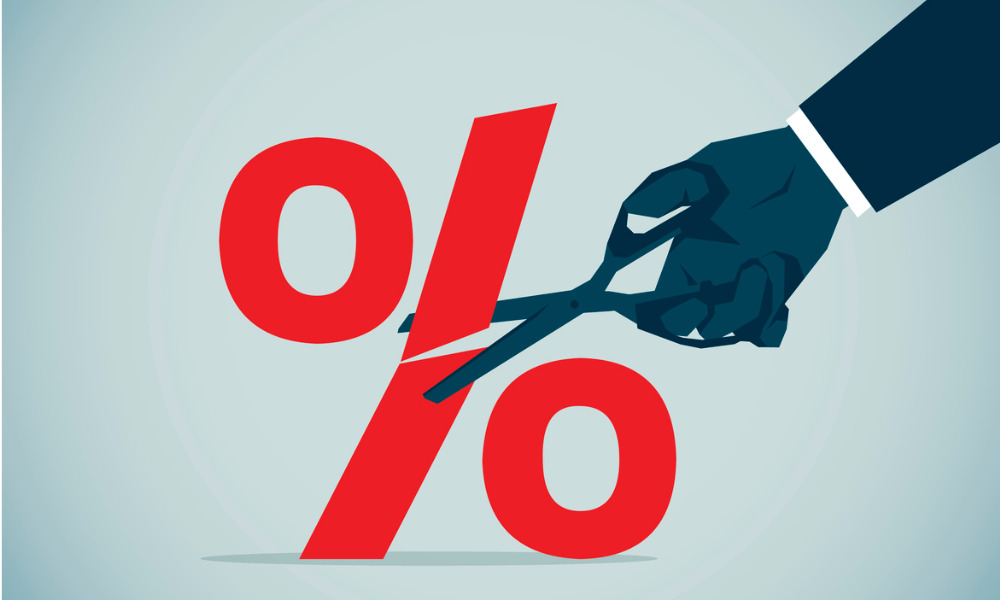Would-be homebuyers and investors will have to contend with the lingering effects of overvaluation, says observer

Any rate cut decision on the part of the Bank of Canada is not likely to reignite a speculative bounce in home price growth, according to David Rosenberg, founder of independent research firm Rosenberg Research and Associates.
Rosenberg said the central bank will have to do a lot more beyond just adjusting the policy rate to address what he considers the most important element undermining housing demand: the dangerously stretched homeowner affordability ratio.
“Because of uber-inflated home prices and punishingly high interest rates, affordability is currently 50% more stretched relative to the historical norm, which classifies as a 2.5 standard-deviation level,” Rosenberg outlined.
“The last time the affordability was this bad was in 1982 when interest rates were sitting at 14%. We would need a 30% surge in personal incomes for the affordability ratio to mean-revert, hardly likely now that the unemployment rate has climbed nearly a full percentage point from the cycle lows (to 5.8%).”
Rosenberg said that while a 20% decline in the average Canadian home price could help the market become more attractive to investors, “would ‘speculators’ or even ‘real buyers’ want to purchase real estate knowing the extent of the overvaluation that lingers in the residential real estate market?”
Mortgage rates will also “have to drop 150 basis points, all else equal, to normalize the severely strained affordability ratio,” Rosenberg said.
As the Bank of Canada gears up to announce its next interest rate decision, economists will be on the lookout for any clues on when it plans to start cutting interest rates.
— Canadian Mortgage Professional Magazine (@CMPmagazine) January 23, 2024
Read more: https://t.co/f1LB95jbFz#mortgageindustry #interestrates #ratehike #economy
Credit availability another major factor preventing speculation
Rosenberg added that aside from the BoC rate, the availability of credit is equally crucial, especially considering the apparent pullback in credit extension by banks.
“The number of Canadian residential mortgages in arrears has jumped 11% over the past year, matching the trend we saw in the pandemic days of July 2020,” Rosenberg said. “As the loan loss provisioning cycle accelerates, look for the lenders to become much more circumspect on their credit-extension policies.
“With the most recent data to 2023 Q3, the banks have, on net, been tightening non-price terms on residential mortgages for three quarters in a row.”
The prevailing household debt-to-income ratio will also stymie any speculative boom.
“How can households think about leveraging up at a time when the overall debt-to-income ratio sits at a near-record 173%?” Rosenberg said. “At the credit bubble peak in the United States in the mid-2000′s, the comparable ratio sat at 127% (and by way of contrast, is now at 93% or 80 percentage points below today’s Canadian household debt ratio).
“This means that at the current level of interest rates, as of 2023 Q3, 15.2% of Canadian personal incomes are now being siphoned into debt-servicing costs compared to 14.2% the year before, attesting to the fact that Canadians are choking on their current debt burdens. To think of piling on even more leverage is almost unthinkable, no matter what the Bank of Canada does from here.”



